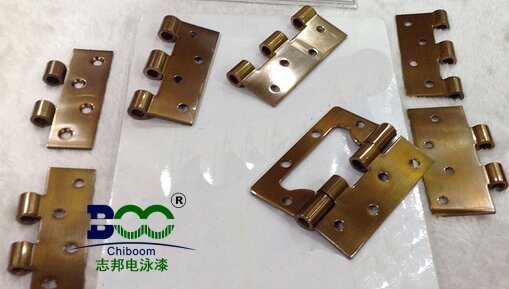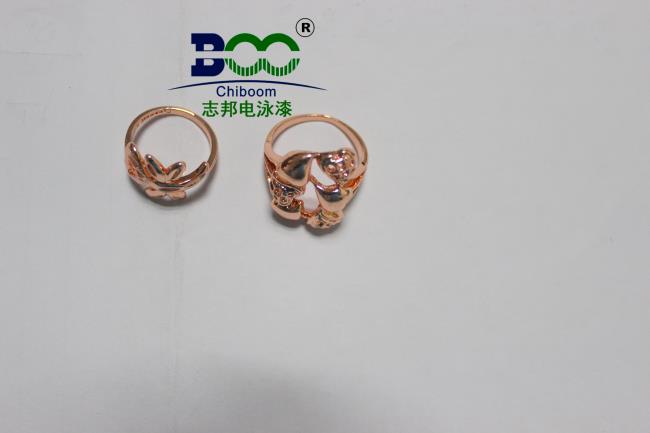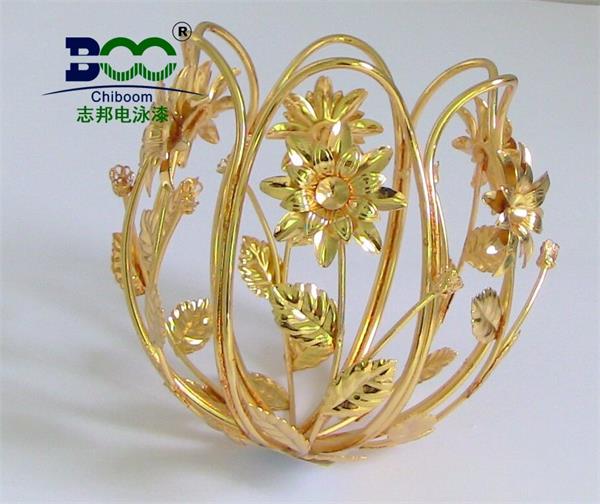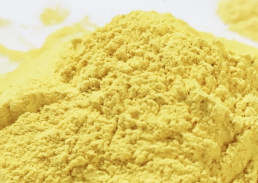What are the processes for pre-treatment of electrophoretic paint?
What are the processes for pre-treatment of electrophoretic paint?
Pretreatment Processes for Electrophoretic Paint: The Key Steps to Ensuring
Coating Quality and Durability
As an efficient and environmentally friendly coating technology, electrophoretic paint has been widely used in modern industrial fields. To ensure the quality and durability of electrophoretic paint coatings, the pretreatment process is particularly important. This article will delve into the main pretreatment processes for electrophoretic paint to help you better understand this technology.
Firstly, degreasing is the primary step in the pretreatment process for electrophoretic paint, aiming to remove oil, grease, and other impurities from the surface of the workpiece. These impurities can not only affect the adhesion and coating quality of electrophoretic paint but also lead to coating defects. Degreasing is usually achieved through chemical or mechanical methods, with the selection of suitable degreasing agents and treatment time depending on the material of the workpiece and the degree of oil contamination.
Secondly, washing follows the degreasing process. This step aims to remove residual degreasing agents and other impurities from the surface of the workpiece, creating favorable conditions for subsequent processes. It is crucial to ensure that the water used for washing is clean and free from new contaminants.
Thirdly, surface conditioning is a crucial step in the pretreatment process for electrophoretic paint. By adjusting the microstructure of the workpiece surface, it enhances the adhesion and coating quality of electrophoretic paint. Surface conditioning is typically achieved through chemical methods, such as using phosphating agents to form a phosphate film on the surface of the workpiece. This film increases the roughness and activity of the surface, thereby improving the adhesion of electrophoretic paint.
Fourthly, pure water rinsing is necessary after surface conditioning. This step removes residual substances and impurities generated during the surface conditioning process, ensuring the purity and quality of the electrophoretic paint coating.
Lastly, drying is the final step in the pretreatment process. It removes the moisture from the surface of the workpiece through heating, preparing it for electrophoretic paint application. It is crucial to control the drying temperature and time to prevent deformation or coating damage due to excessive heat.

In summary, the pretreatment processes for electrophoretic paint include degreasing, washing, surface conditioning, pure water rinsing, and drying. These steps collectively form the foundation for electrophoretic paint application and are crucial in ensuring coating quality and durability. In practical operations, the selection of pretreatment processes and parameters should be based on factors such as the material of the workpiece, the degree of oil contamination, and coating requirements to achieve the best coating effect.
Moreover, with continuous technological advancements, the pretreatment processes for electrophoretic paint are also constantly being innovated and optimized. For instance, advanced degreasing agents and washing techniques can more effectively remove oil and impurities, while novel surface conditioning agents can further enhance the adhesion and coating performance of electrophoretic paint. Therefore, the research and application of pretreatment processes for electrophoretic paint will continue to drive the development of electrophoretic paint technology and expand its application fields.
In conclusion, the pretreatment processes for electrophoretic paint are crucial steps in ensuring coating quality and durability. By carefully designing and implementing these processes, we can create a solid foundation for electrophoretic paint application, providing strong support for product quality and competitiveness.





 WeChat
WeChat